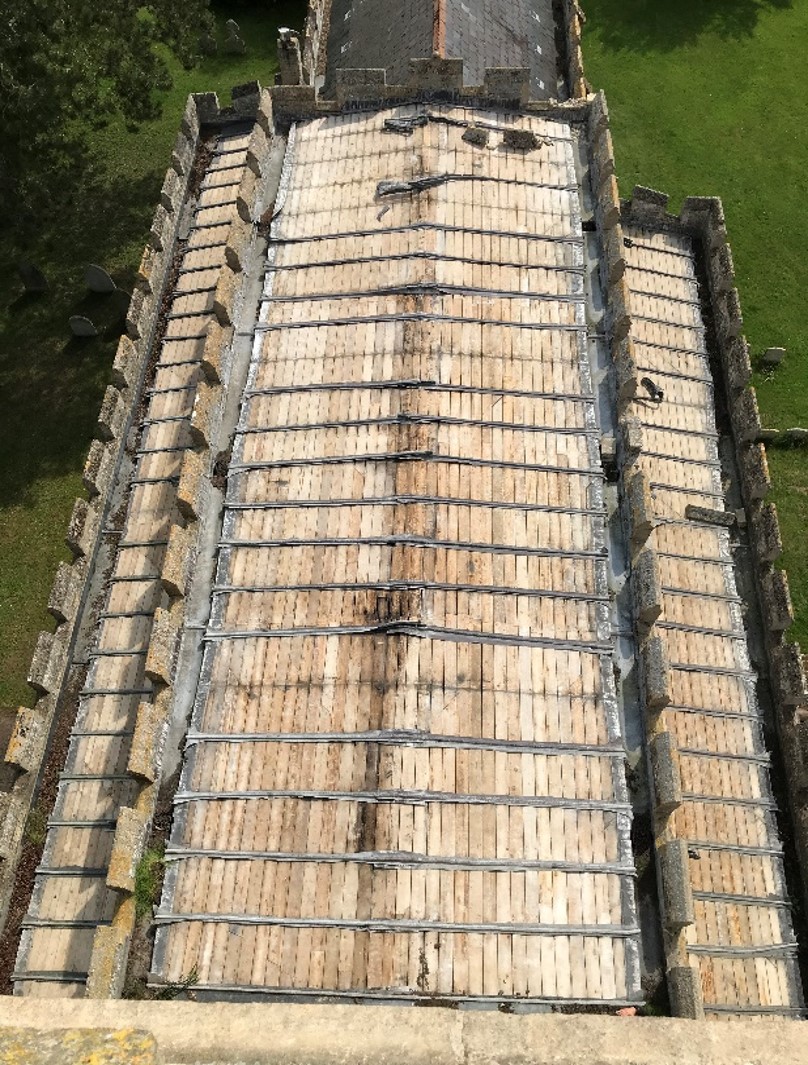Historic England has published its Heritage at Risk Register 2020, which has seen a concerning increase in the number of places of worship added. In the Diocese of Ely, two churches were recently removed from the Register, but another seven have been added with more awaiting assessment.
The Register identifies sites most at risk of being lost for a variety of reasons and includes;
- buildings and structures,
- places of worship,
- archaeology
- registered parks and gardens,
- registered battlefields,
- protected wreck sites and
- conservation areas.
In total, 181 entries have been removed from the Register due to renovation or restoration projects throughout the past 12 months, but 216 have been added due to concerns about their condition.
“We also know that investing in historic places can help boost our economic recovery. The 181 places rescued from the register this year show us that good progress is being made, but there is still a long way to go. Many more historic buildings and places need caring for, financial support, strong partnership working and community engagement to give them a brighter future.” Duncan Wilson, Chief Executive of Historic England.
Why are Churches at Risk?
The condition of church buildings can deteriorate for a number of reasons, from major lead thefts to a lack of maintenance and minor repairs. Whilst some people may think the answer to  the latter is simple, the reality is far more complicated – a lack of resources, both in terms of people (volunteers) and funding, can leave many churches with few options to make progress. [Picture right: St Mary's, Whaddon – New entry on the Register following a lead theft in 2019]
the latter is simple, the reality is far more complicated – a lack of resources, both in terms of people (volunteers) and funding, can leave many churches with few options to make progress. [Picture right: St Mary's, Whaddon – New entry on the Register following a lead theft in 2019]
Funding for major repair projects (generally those over £50,000) has dramatically declined over the last decade to the point where the only viable source of support for most PCCs was the National Lottery Heritage Fund, but this was suspended earlier this year. When the Fund, hopefully, returns next year, competition for grants is expected to be very high.
There are currently no other sources of major funding and many smaller grants require significant match funding to be in place before applying.
What Can Be Done?
There are no simple answers at the moment, but there are many organisations and individuals working to find some. In the meantime, what you can do is:
- Continue to make maintenance and minor repairs a priority - use the SPAB calendar as a reminder. https://www.spab.org.uk/sites/default/files/SPAB-FiM-maintenance-calendar.pdf.
- Apply for grants whenever possible – you don’t have to exhaust PCC reserves first.
- Continue to be an advocate – talk to people about these amazing community buildings, encourage wider support and use and challenge misconceptions.
- Read the quarterly newsletter from the Church Buildings and Pastoral Department - https://www.elydiocese.org/parish-support/church-buildings/.
- Ask for advice – the Church Buildings Team are here to help in any way they can, from advice on volunteer recruitment and faculty consent, to help understanding quinquennial reports and grant applications - please get in touch. https://www.elydiocese.org/parish-support/church-buildings/contact-the-team/
- Keep us informed – church inspections (quinquennials) are carried out every 5 years and a lot can happen in those intervening years, so it’s really helpful if you keep the Church Buildings Team updated on progress and highlight any challenges. Not only does it help us to provide support locally, but it can also help us contribute to the debate for wider, national support.
- Keep going – church building volunteers are often the unsung heroes of heritage. The work you do is important and valued by more people than you might think - Thank You. Please keep going, keep in touch and keep enjoying our amazing heritage.
Find out more about the Heritage at Risk Register on Historic England’s website, where you can view an interactive map and download regional registers.
https://historicengland.org.uk/advice/heritage-at-risk/findings/
